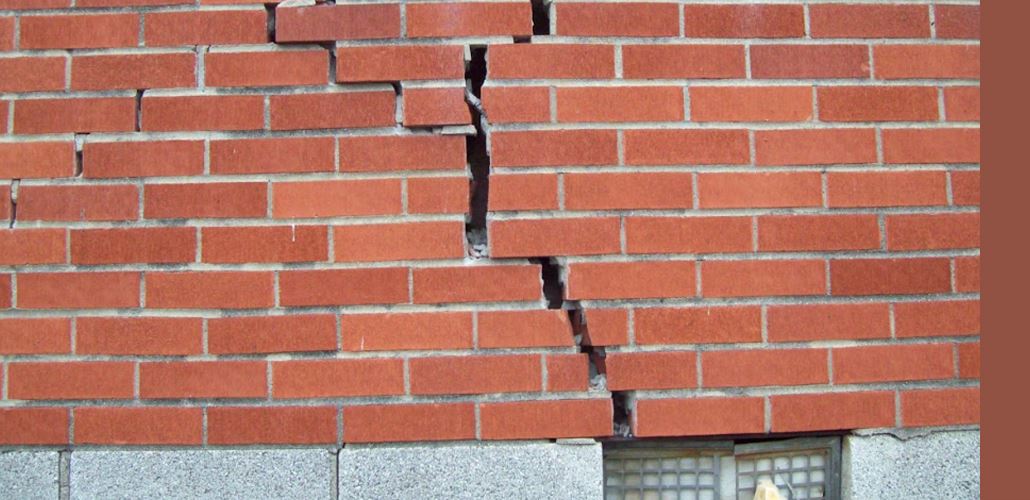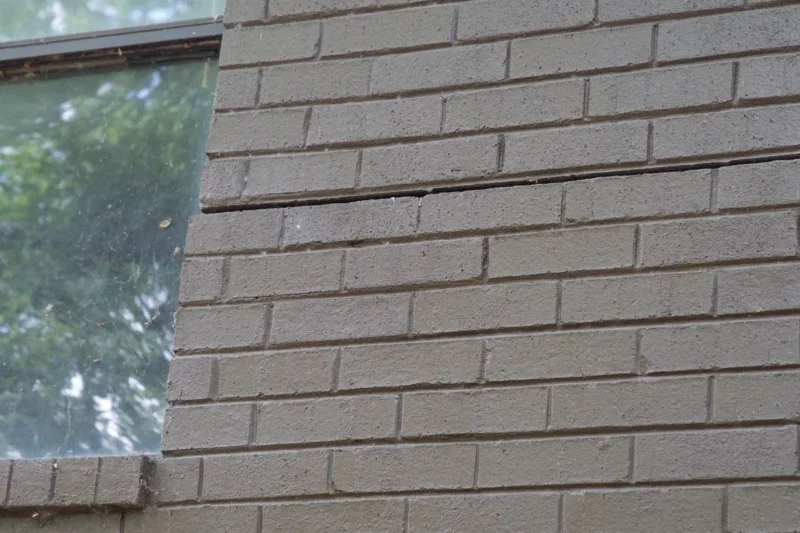Foundation cracks can be a concerning issue for homeowners, as they often indicate underlying structural problems that may require immediate attention. Understanding the different types of foundation cracks and their implications is crucial for determining the severity of the issue and the necessary course of action.
From hairline cracks to diagonal cracks and everything in between, each type of crack can provide valuable insight into the condition of your foundation. In this comprehensive guide, we will explore the various types of foundation cracks and what they may signify for the overall stability of your home.
By becoming familiar with these common indicators, you can protect your investment and ensure the safety of your property for years to come.
Vertical Foundation Cracks

Vertical foundation cracks are one of the most common types of cracks found in homes and buildings, signaling potential structural issues that need immediate attention. These cracks typically run straight up and down along the foundation walls, indicating settlement or movement in the foundation.
In some cases, vertical cracks may be a result of the natural curing process of concrete, but if they are wider than 1/8 inch or accompanied by other signs of foundation damage such as bowing walls or sticking doors, it is essential to consult with a professional foundation repair contractor. Ignoring vertical foundation cracks can lead to further damage and potential safety hazards, making it crucial to address them promptly and effectively.
Bulging Foundation Cracks

Bulging foundation cracks are a common sight in homes and buildings, signaling potential structural issues that require immediate attention. These cracks, which appear as raised sections in the foundation walls or floors, can be caused by various factors such as settlement, water damage, or tree roots encroaching on the foundation.
It is essential to address bulging foundation cracks promptly, as they can lead to further damage and compromise the stability of the entire structure. Hiring a professional inspector to assess the severity of the cracks and recommend appropriate repairs is crucial in maintaining the integrity of the building.
Shrinkage Cracks

Shrinkage cracks, also known as plastic shrinkage cracks, occur when the concrete surface dries out too quickly before it has a chance to properly cure. These cracks are typically shallow and can appear as thin, often random lines on the foundation surface.
While they may seem minor, shrinkage cracks can be a warning sign of potential future issues with the foundation. It is essential to address these cracks promptly to prevent further structural damage and protect the integrity of the building.
Look out for any signs of shrinkage cracks and consult with a professional to determine the best course of action for repair.
Settlement Cracks

Settlement cracks in a foundation are a common occurrence that can indicate serious underlying issues. These cracks typically occur when the soil beneath the foundation shifts or settles, causing the foundation to sink unevenly.
Settlement cracks can vary in size and severity, with some appearing as small hairline cracks while others may be wider and more significant. It is important to address settlement cracks promptly, as they can lead to further structural damage if left untreated. To properly address settlement cracks, it is essential to consult with a professional foundation repair specialist to assess the extent of the damage and determine the best course of action to prevent future issues.
Conclusion
In conclusion, homeowners must be aware of the various types of foundation cracks and their implications. From vertical cracks to stair-step cracks and horizontal cracks, each indicates a different underlying issue that should be addressed promptly to prevent further damage to the structure of the home.
Consulting a professional for assessment and repair is imperative to ensure the safety and stability of the foundation. If left unattended, foundation cracks can lead to serious problems such as water infiltration, mold growth, and compromised structural integrity.
Therefore, investing in proper maintenance and timely repairs, such as a leaky basement repair St Catharines, is essential for preserving the longevity and value of the property.


